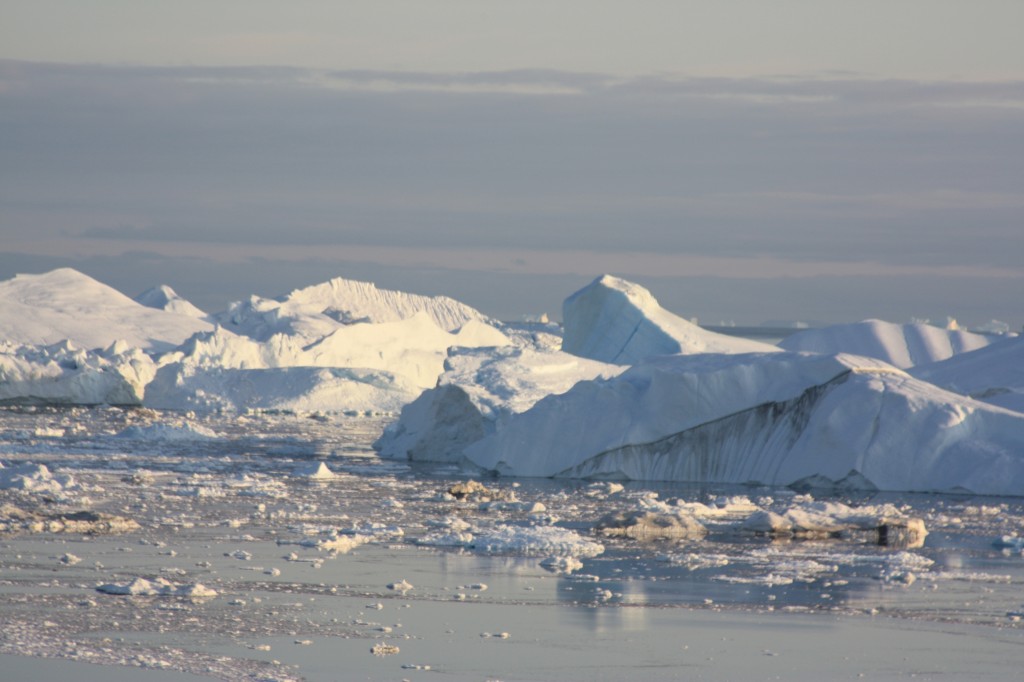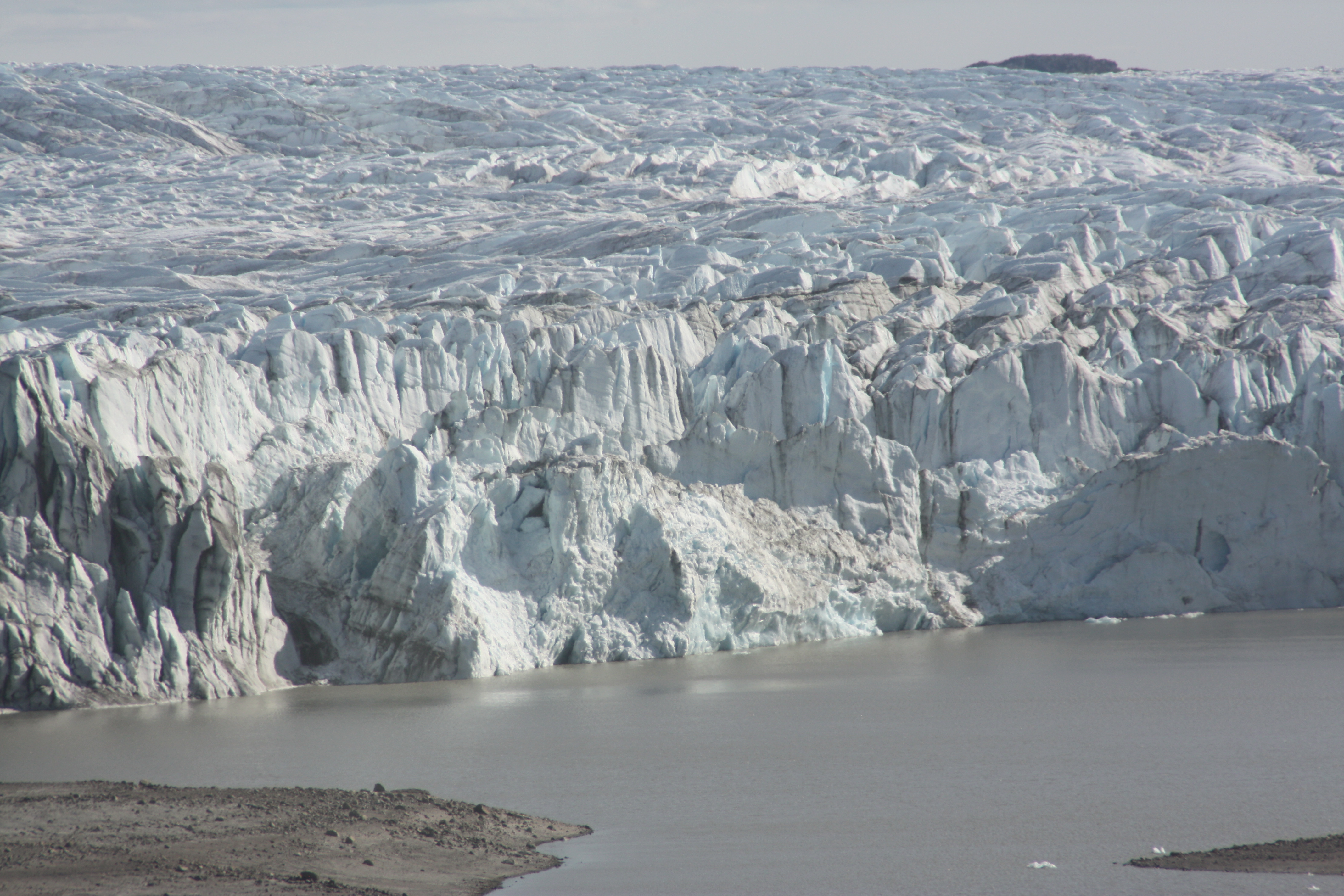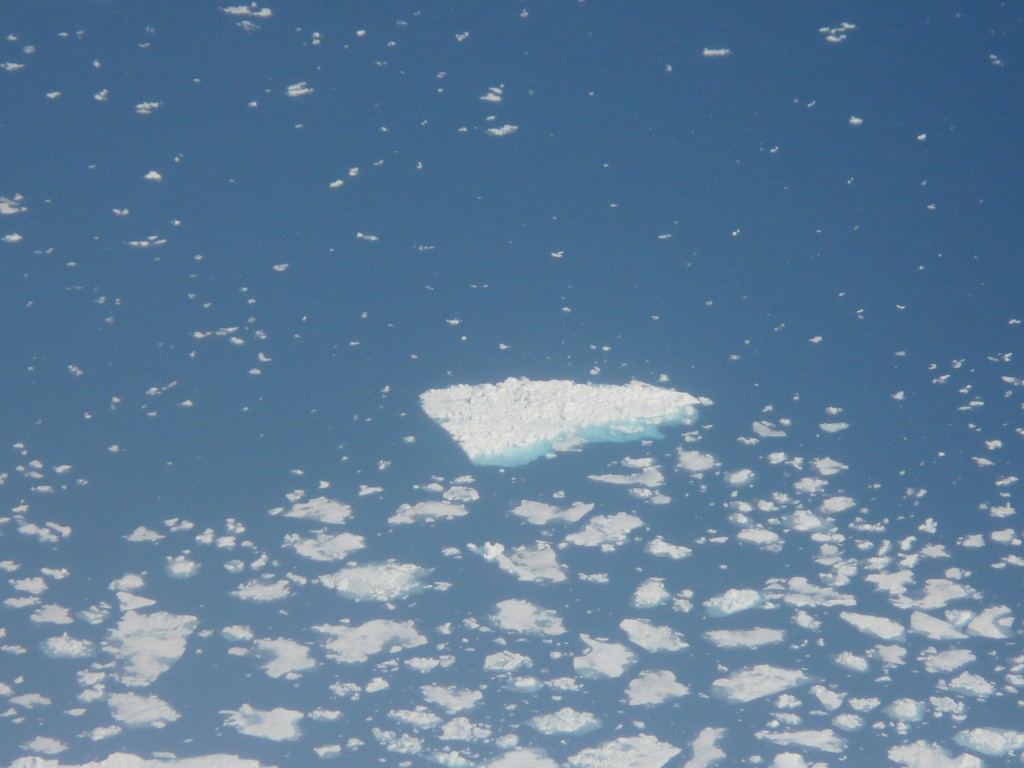Search Results for Tag: China
Russia helps China drill deeper into the Arctic
When the new Chinese President Xi Jinping visited Russia as his first official foreign destination last week, one of the agreements signed on the sidelines was a deal between the Chinese National Petroleum Corporation (CNPC) and Russia’s oil company Rosneft, which paves the way for more exploration in the Arctic. The BarentsObserver says the cooperation makes the Chinese concern Rosneft’s third foreign partner in the Barents Sea. The area in question is located to the west of the archipelago of Novaya Zemlya and to the northeast of Gazprom’s Shtokman field. The BarentsObserver says the most likely option is that CNCP will get a 33 percent stake in a joint venture and bear all costs for initial exploration and drilling. The area is one of the least explored areas on the Russian continental shelf. The hydrocarbon potential is believed to be considerable.
![]() read more
read more
Mining fears decide Greenland vote
Interesting times for the “ice island“. The Greenlanders have voted for a change of government amidst concern that the incumbent government was opening the country too fast to foreign mining companies.
Alequa Hammond’s Siumit party won 42 percent of the votes, up from 26.5 percent. Kuupik Kleists’ Inuit Ataquatigiit took 34.4 percent compared to 43.7 last time. Hammond, who would be the first woman prime minister of Greenland if she successfully forms a coalition with a smaller party, campaigned on a pledge to tax foreign mining companies.
Climate change is opening up opportunities for the mining of rare earth and other raw materials in Greenland, as well as oil and gas exploration. I visited the island in 2009 to report on the effects of climate change. At that time, I could already sense the dichotomy between the desire to gain revenue from mining to fund ultimate independence from Denmark on the one hand, and concern that the changing climate was making traditional Inuit lifestyles more difficult and potentially opening the way for environmentally harmful commercial activities on the other.
Hammond, an Inuit woman who was educated in Montreal before returning to Greenland and working in tourism, told the online edition of the weekly newspaper Sermitsiaq “Too much secrecy surrounding mining projects and problems in the fishery sector, as well as a lack of construction outside Nuuk (the capital), determined the outcome”. There had been a lot of concern about proposals being discussed for a company to bring 2,000 Chinese workers to the island, with a population of just 57,000, to set up a mining venture. China is becoming increasingly interested in Greenland and the Arctic as a whole, both because of its rich mineral resources and the opening of faster shipping routes between Asia and Europe and North America.
It remains to be seen to what extent protecting the environment will have priority over economic considerations as Greenland develops further.
The Arctic Council will be meeting in Kiruna, Sweden in May, the last meeting before Canada takes over the chair. China’s application for observer status will be on the agenda. Hammond says she could support the application but would take a more critical look at Chinese investments.
Interesting times ahead. Watch this space. Related stories to catch up with:
Polar ice sheets melting faster than ever
Business opportunities boom in the Arctic
Sea levels rising faster than expected
China’s Arctic ambitions spark concern
Scientists raise Greenland climate threat
Green energy revolution in the Gulf?

Sustainable architecture – “Wendy”, a structure with a coating that cleans up the air when the sun shines, showcased in Abu Dhabi this week
“Everybody who’s anybody“in the world of renewables, climate and sustainability seems to be putting in an appearance here in the oil-rich emirate Abu Dhabi this week. Sustainability Week, as it’s dubbed, started off with a meeting of the International Renewable Energy Agency IRENA, which has its headquarters here. The announcement that China is applying for full membership this year was one of the highlights of the top-level meeting.
Today, at the start of the World Future Energy Summit, I’ve heard top-level speakers including French premier Francois Hollande, German environment minister Peter Altmaier, EU Climate Commissioner Connie Hedegard and others addressing the international audience (3,000 delegates, 30,00 visitors expected by the organizers in the course of the week). Germany in particular comes off very well, with people talking about the “Energiewende”, or energy transformation in progress there and the rapid development of renewable energy.
But the really fascinating thing for me is the feeling that the Gulf states seem to be getting serious at last about getting into renewables. There’s a lot of international interest in their motives. Abu Dhabi’s wealth, for instance, is clearly based on oil revenue. There is no sign that that is about to change in the near future. Use renewables at home to sell more oil abroad? Well, there is that.
But there is a clear interest in diversification of the energy supply and, of course, the economy. This region doesn’t want to miss out on the global move towards securing energy, water and food security by getting into renewables, (especially solar, for obvious reasons).  When it comes to emissions reductions, of course, there is still plenty of scope for debate, which is taking place here at the conferences on a regular basis, at all levels, from the stages to the coffee tables.
When it comes to emissions reductions, of course, there is still plenty of scope for debate, which is taking place here at the conferences on a regular basis, at all levels, from the stages to the coffee tables.
Sustainability is the buzzword this week – but is it just a buzzword?
Yesterday I visited Shams1, the world’s biggest single-unit CSP (concentrated solar power) plant, with a capacity of 100 MW, set to open very soon (although no-one was willing to confirm the actual date). It’s a huge project, with lines of mirrors as far as the eye can see. It could power 20,000 homes when it’s ready. Tomorrow, I’ll be having a look at Masdar city.
Qatar is also increasing its solar activities, as we’ve reported on DW recently. “Leading by example”, is how Hedegard described the Masdar initiative in her keynote.
But one of the most interesting issues today was a talk by Saudi Arabia’s deputy industry Minister Khalid al Sueiman about their targets for renewables. 30% of electricity generation by 2032 certainly sounds like a move in the right direction. So is the country once known as a key blocker of climate agreements and emissions reduction commitments turning over a new leaf? The motivation, the minister says, is to make the oil go further. The international media were pushing hard for more information from the Saudi expert. “We need encouragement, don’t push us too hard”, was an unofficial comment I heard from one of his aides.
I talked to Professor Jeffrey Sachs, renowned expert from the Earth Institute, Columbia University in the USA about this. He was giving a keynote speech here and launching the UN Sustainable Development Solutions Network (too hard to define right now).
He says he really does have the feeling positive things are happening here in the Gulf region.
The mega energy-event is sponsored by Exxon Mobile, incidentally. Oil companies preparing to shift to renewables? “I’ll believe it when I see it”, says Professor Sachs. But more on all that later. Things are certainly moving.
China to step up polar activities in 2013
I am finding people increasingly interested in the Arctic and Antarctic as climate change opens up more prospects of getting at the natural resources in the region or using it for transport. The latest example of top-level international interest is an announcement by China. Beijing is planning to launch its 30th expedition to the Antarctic region this year as well as its 6th Arctic expedition. This interest is not new, but clearly intensifying. (See China’s Arctic ambitions spark concern).
According to China Daily, quoting a document released at a maritime work conference on Thursday, the country is also planning to build more Antarctic research bases. There are plans to put more resources into planes for scientific expeditions and to “ensure the quality of newly-built icebreakers”.
The paper also refers in particular to “the protection of the country’s strategic interests in the Arctic region”. Now there is some food for thought.
Increasing international political and strategic interest in the Arctic will be on the agenda at the Arctic Frontiers conference in Tromsö, Norway, starting January 21st. Watch this space.
Record melt helps first Chinese ship across Arctic
Returning after several trips, I’ve been catching up on the Arctic news and noted with concern but unfortunately not really surprise that the Snow Dragon or Xuelong, a Chinese icebreaker, has become the first ship from China to cross the Arctic Ocean. It arrived in Iceland after sailing the Northern Route, along the coast of Russia. The expedition leader Huigen Yang, head of China’s Polar Research Institute, said he had expected a lot more ice along the route. The sea ice floating on the Arctic Ocean actually seems set to beat the record low from 2007. Clearly, Chinese interest is growing, as the melting ice opens up a shorter sea route and, of course potential access to oil, gas and minerals. The country has applied for observer status at the Arctic Council, which consist of the Arctic countries USA, Russia, Canada, Norway, Sweden, Finland, Denmark (because of Greenland) and Iceland. China is not the only interested party outside the Arctic states. Japan, South Korea, The European Commission and Italy are also applying. Germany, Britain, France, Poland, Spain and the Netherlands are already observers.
What clearer a signal could you get that climate change is affecting the Arctic than interest from the world’s number 2 economy, China, which, alas, is also the world’s top greenhouse gas emitter?


























Feedback